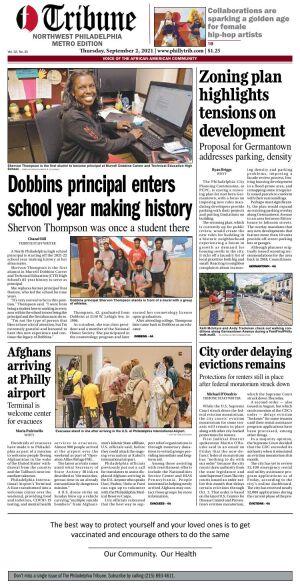ROME, Ga. — To be poor and Black and deaf.
Few educational opportunities existed for children of newly free Black citizens following the Civil War. This was especially true for Black deaf children in the South. But as the need for educational opportunities became obvious, southern legislatures frequently denied or deferred any real educational opportunities for Black deaf children.
In a new book which brings that issue to Floyd County, two Mercer University professors tell a delve into a forgotten history, “the segregated Georgia School for the Deaf: 1882-1975.”
Dr. Clemmie Whatley, a native of the Cave Spring area, wrote about Georgia School for the Deaf as a dissertation. When Knorr came to Mercer, Whatley told him about her paper since he has a keen interest in history and had a background working with the Smithsonian Institution on the history of the Rosenwald Schools, those constructed for Blacks in the South. Knorr was familiar with Cave Spring since he had worked with the Fairview School restoration efforts.
Together, the two decided that the story of the Georgia School for the Deaf, particularly its Black students, faculty and staff, was one that needed to be told.
“It’s a story of segregation and discrimination,” Whatley said. It’s a history of the entire school but focuses on the period when administrators ran two separate schools that were only 250 yards apart. It’s about race, the Civil War, deafness and injustice. It’s a redemption story.”
The book traces the school’s history from its beginning and eventual incorporation of Black students to its role in Black education in the area. It highlights particular teachers, administrators, political conflicts, sports, finances and eventual growth and change.
In doing research for the book, Whatley and Knorr had an invaluable asset — Whatley herself had a close connection to the school’s history.
“Several of my relatives worked at Georgia School for the Deaf,” she said. “My mother taught there for over 30 years. She retired in 1979. I had relatives who worked as cooks and house parents. The book illustrates that strong connection between the people who lived in Cave Spring and Chubb Town and the school itself.”
Whatley remembers that her grandmother used to provide milk and butter to the school.
But their research also found more disturbing information. The two were shocked to find that after the Civil War, when the Georgia legislature and trustees of Georgia School for the Deaf determined there was a need to provide education to deaf Black children as well as whites, the enabling legislation made it clear that the part of the school for while children and the part for Black children would be operated as if they were in separate towns.
“That really struck me,” Knorr said. “It was the height of the Jim Crow era. There was a curriculum for the white students and an entirely separate curriculum for Black students. And it stayed that way until after WWII.”
Knorr added that the truth is, conditions were difficult for both Black and white students before WWII but especially so for the Black students. — (AP)
Whatley added that the pay scale was quite different for Black teachers and faculty. Black teachers and faculty didn’t make equal pay as their white counterparts until the 1950s. She recalls that when her mother was first offered a position at GSD, she had been teaching at Fairview School and declined the offer saying she could make more money picking cotton than what was initially offered.
The process of desegregation itself took such a long time, they said.
“I was going to school at Main High School till 1966 then went to Cave Spring High School,” Whatley said. “For the deaf school this whole process didn’t finish till 1975.”
An important thing to remember, Knorr added was that the Black students were marginalized in two areas. They were Black and deaf. He said the book also serves as a tribute to the faculty and staff and the Black school.
“They had to be better,” he said. “They had to try to overcome all the things that were lacking. And they did a great job. They held their students to a higher standard and it showed.”
Whatley said she interviewed her aunt who had worked at the school and was told that during desegregation, the superintendent said they feared that the Black students would be inferior to white students academically. But they soon found that to be completely untrue.
“Once the school started the process of desegregation and the Black children were coming into the classroom with the white children, the Black children were valedictorians and they thrived,” she said. “The Black teachers took ownership of the children. And it showed. We spent so much time on the campus because my mother had to care for these children like they were hers. She was there for dances and for basketball games and at Christmas she bought gifts for all the kids in the classroom because they may not have gotten any at home. My cousin bought material to make prom dresses for the girls. The community stepped up and took care of the Black students.”
“The Segregated Georgia School for the Deaf: 1882 — 1975” contains photographs of the school’s founder, teachers, buildings, students and even a few documents. It details a part of the school’s and Cave Spring’s history that many are completely unaware of.
“It was never our intent to demonize any individuals when we wrote this,” Knorr said. “In fact, the book shows that from the day the Black school opened, white administrators constantly were advocating for more money for the Black school. The pleas are heartbreaking. Our research comes from archives, from published history and from personal interviews. When doing our research we simply wanted to tell this story truthfully.”
Copies of the book are available online at www.Amazon.com or by searching for the book’s title at www.sunburypressstore.com. — (AP)






(0) comments
Welcome to the discussion.
Log In